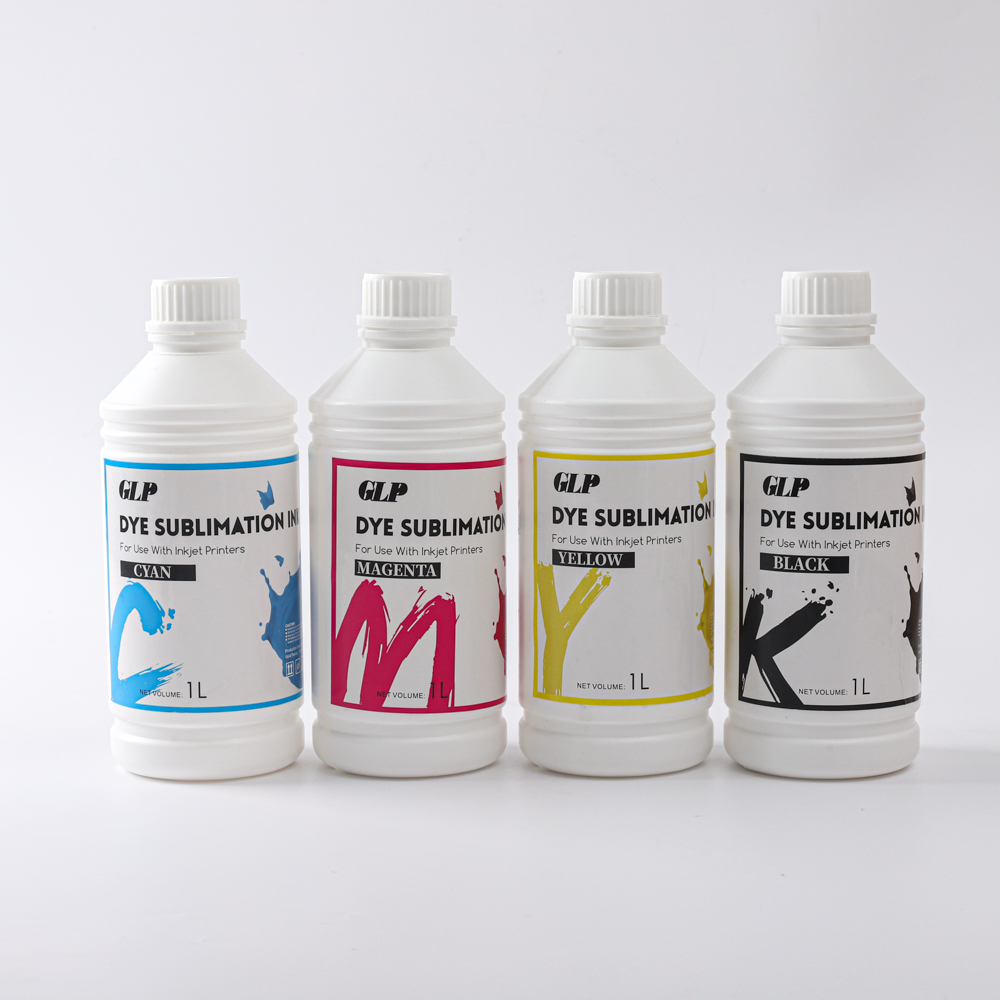Classification and main differences of different inks
Heat transfer ink, dye ink, and pigment ink are three types of ink that relatively few people can distinguish between them. Of course, friends who are in the ink industry know a lot about these three inks. Heat transfer ink has been introduced in detail above. Let`s talk about the characteristics of the other two inks.
Dye ink is a molecularly fully dissolved ink. This kind of ink is a complete composite solution. It will basically not block the nozzle. It is easily absorbed by the material after printing. The color is bright and the cost is low. Compound solutions have one disadvantage - no It is waterproof, and because the dye molecules decompose quickly under ultraviolet rays, it will fade significantly after being used under outdoor ultraviolet rays for more than ten or twenty days. Fortunately, it can achieve bright colors and clear layers, and the price is lower than pigment-based ink, so it is suitable for printing pictures, printing ordinary documents, making color inkjet business cards, etc.
Pigment ink can often be called powdered ink, but this is not accurate enough. Because it grinds solid pigments into very fine particles and dissolves them in a special solvent. It is a suspension solution or semi-solution, which has the same properties as the pigments we use for printing and dyeing clothes. Completely opposite to the principle of dye ink penetrating into the medium to form color, it develops color by attaching the color material to the surface of the medium (such as copy paper or printing paper, etc.). Therefore, the advantage is that when printing with pigment ink, the ink will not bleed even when printing on ordinary paper, and because the pigment itself is waterproof, it is not easily decomposed by ultraviolet rays, making it water-resistant and light-resistant, so the printed items can be used outdoors. It can also last for more than a year without obvious signs of fading.

